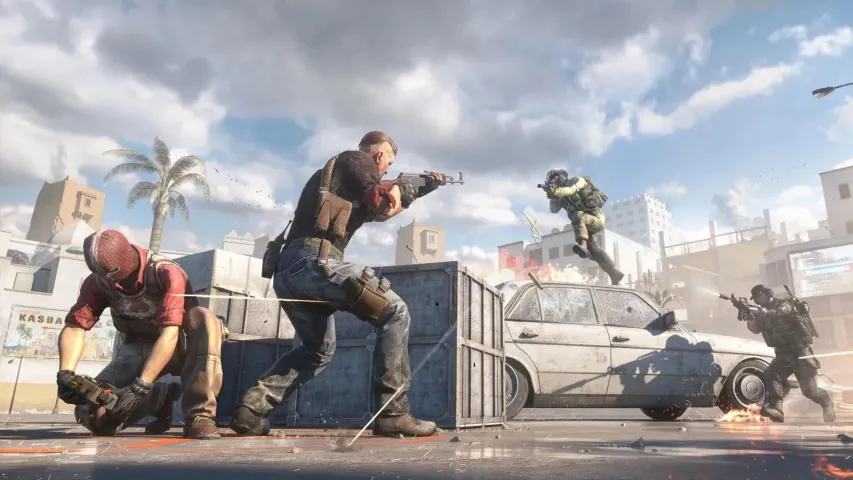
When it comes to Counter-Strike 2, stable and high FPS is key to success in matches. Any lag or stutters can not only ruin your experience but also cost you crucial rounds. However, if your FPS drops and the game starts lagging, the important question arises: what exactly is causing the performance dip — your CPU or GPU? In this article, we'll break down how to check which component of your computer is limiting your FPS in CS2 and what you can do about it.
What is FPS?
FPS (Frames Per Second) refers to the number of frames your computer can display on the screen per second during gameplay. The higher this number, the smoother and more responsive the game feels. For example, at 60 FPS, the game looks relatively smooth, while at 144 FPS or higher, it feels incredibly fluid, which is especially important for shooters like CS2, where every millisecond can be critical.
Why Know What’s Limiting Your FPS?
Understanding which component of your computer — either the CPU or GPU — is limiting your FPS helps you make the right decisions when upgrading to achieve better performance in CS2. This way, you can avoid unnecessary expenses on the wrong component and focus on upgrades that will actually deliver a significant FPS boost.

How to Check What’s Limiting Your FPS in CS2?
To check which component is limiting your FPS in CS2, follow these steps:
- Launch any map in offline mode. This helps eliminate network connection issues and other variables that could affect FPS.
- Open the console and type in the command cl_showfps 2. This command will activate an FPS counter in the upper corner of the screen, showing your current in-game performance in real-time.
- Disable FidelityFX Super Resolution (FSR). Go to the graphics settings and completely disable this feature. Afterward, check your FPS. Take note of this value, as it will serve as the basis for future comparisons.
- Set FidelityFX Super Resolution to "Performance." Then, check your FPS again. Compare this value with the one you got when FSR was disabled.
If your FPS increases after enabling FSR on "Performance," the problem lies with your GPU. The card can't handle the graphical load of the game, and that's what's limiting your FPS. In this case, it’s recommended either to keep the graphics settings low or consider upgrading your GPU to a more powerful one.
If the FPS doesn't change or only slightly changes, then your CPU is limiting your FPS. In this case, increasing graphics settings won’t have much of an impact on performance. Consider upgrading your CPU to a more powerful one to avoid FPS drops.

With the release of Counter-Strike 2 on Valve's new Source 2 game engine, the shooter has become more demanding on users' PC hardware. While this has opened up new possibilities for graphics and in-game physics, CS2 still suffers from poor optimization, adding extra challenges for players. In this situation, fans of the shooter have two options: either wait for future patches and optimization improvements or invest in a newer, more powerful computer.







Comments6